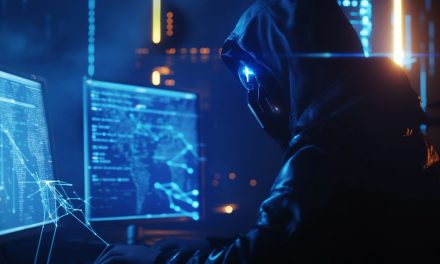The role of IT in the future of work is to be the strategic enabler of a secure, flexible, and intelligent “work-from-anywhere” environment.
As of September 8, 2025, the IT department is no longer just a back-office support function that fixes laptops and manages servers. In the modern business landscape of Pakistan and across the globe, IT has been elevated to the central, strategic architect of the entire employee experience and the primary driver of operational efficiency in a decentralized, hybrid work model.
1. The Architect of the “Work-from-Anywhere” Model
The future of work is a hybrid of remote and in-office collaboration. IT is the department responsible for building and maintaining this complex, borderless new office.
- The Old Role: Managing the on-premise servers, the office network, and the desktop computers within a single, physical building.
- The New Role: IT must now design and manage a secure and seamless technology ecosystem that gives every employee the same high-quality experience, whether they are in the corporate office in Islamabad, their home in Rawalpindi, or a coffee shop in Lahore. This involves managing cloud infrastructure, securing thousands of remote endpoints, and ensuring a reliable collaboration stack (like Microsoft Teams or Slack).
2. The Enabler of a Seamless Employee Experience
In the competition for talent, the quality of a company’s digital tools is a major factor. A clunky, slow, and frustrating tech experience leads to poor employee morale and low productivity.
- The Old Role: To provide a standard-issue, locked-down laptop and a basic set of software.
- The New Role: IT is now responsible for the entire digital employee experience. This means:
- Providing Choice and Flexibility: Offering a choice of devices and applications that best suit an employee’s role.
- Frictionless Access: Implementing modern solutions like single sign-on (SSO) so that employees can access all their tools with one secure login.
- Proactive Support: Using AI-powered tools to predict and fix IT issues before the employee even notices a problem.
3. The Driver of Automation and Intelligence
The future of work is about efficiency, and IT is at the forefront of driving this through automation and Artificial Intelligence.
- The Old Role: Manually responding to IT support tickets and managing infrastructure.
- The New Role:
- AIOps: IT is deploying Artificial Intelligence for IT Operations (AIOps) to automate the management of complex cloud environments, predict outages, and automatically resolve issues.
- Democratizing Automation: IT is providing the tools and platforms (like low-code/no-code applications) that allow non-technical employees in other departments to automate their own repetitive tasks, boosting productivity across the entire organization.
4. The Strategic Business Partner
Ultimately, the role of IT has been elevated from a technical support function to a strategic partner to the business.
- The Old Role: To be a “cost center” focused on keeping the lights on.
- The New Role: The modern CIO (Chief Information Officer) is a key part of the executive team. They are expected to:
- Drive Business Goals: Leverage technology to achieve specific business outcomes, such as improving customer experience or increasing speed to market.
- Manage Critical Risk: Take the lead on managing the critical business risk of cybersecurity.
- Innovate: Identify and implement new technologies that can provide a competitive advantage.





